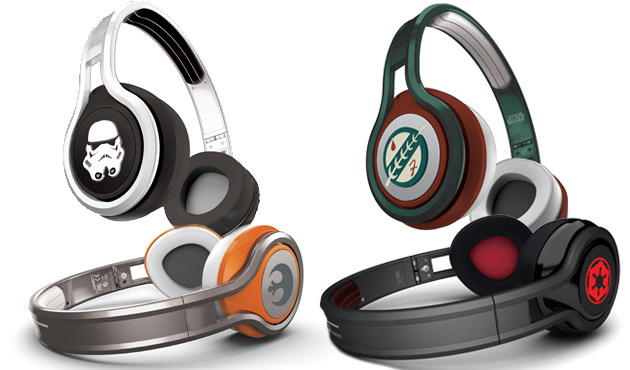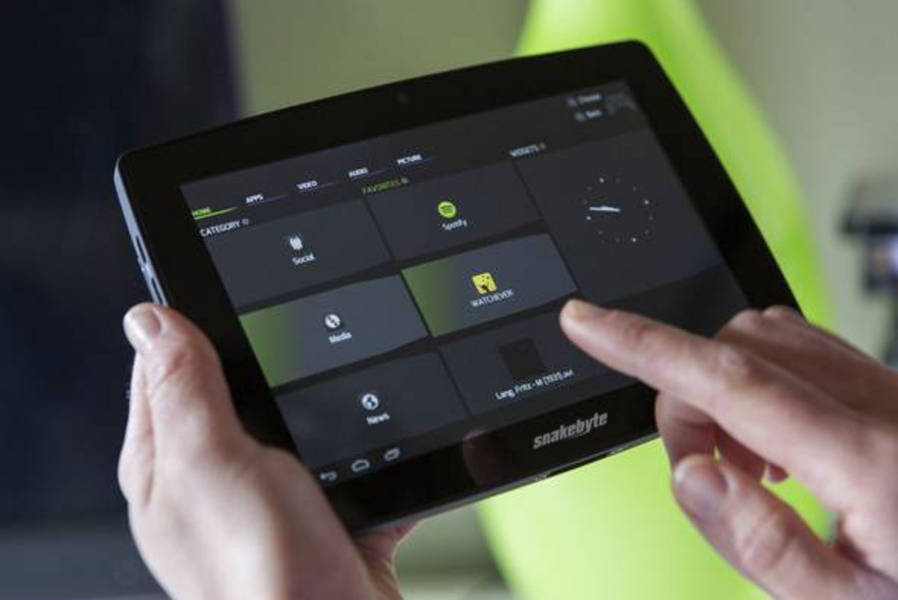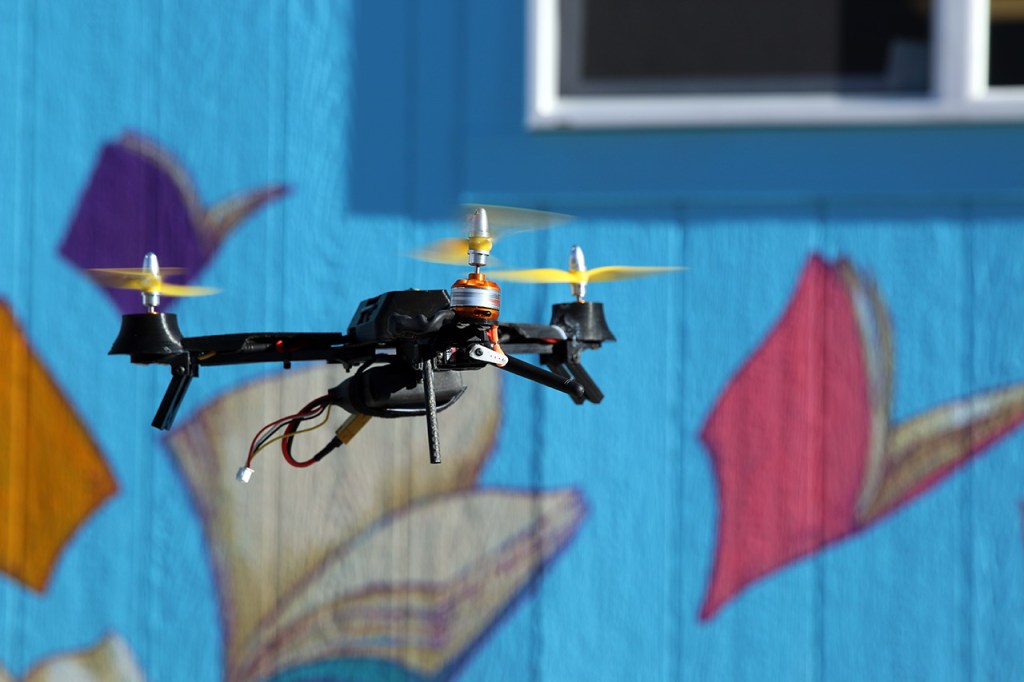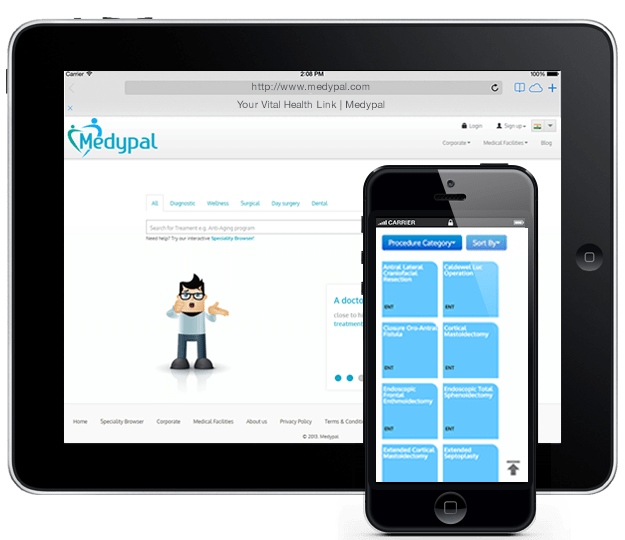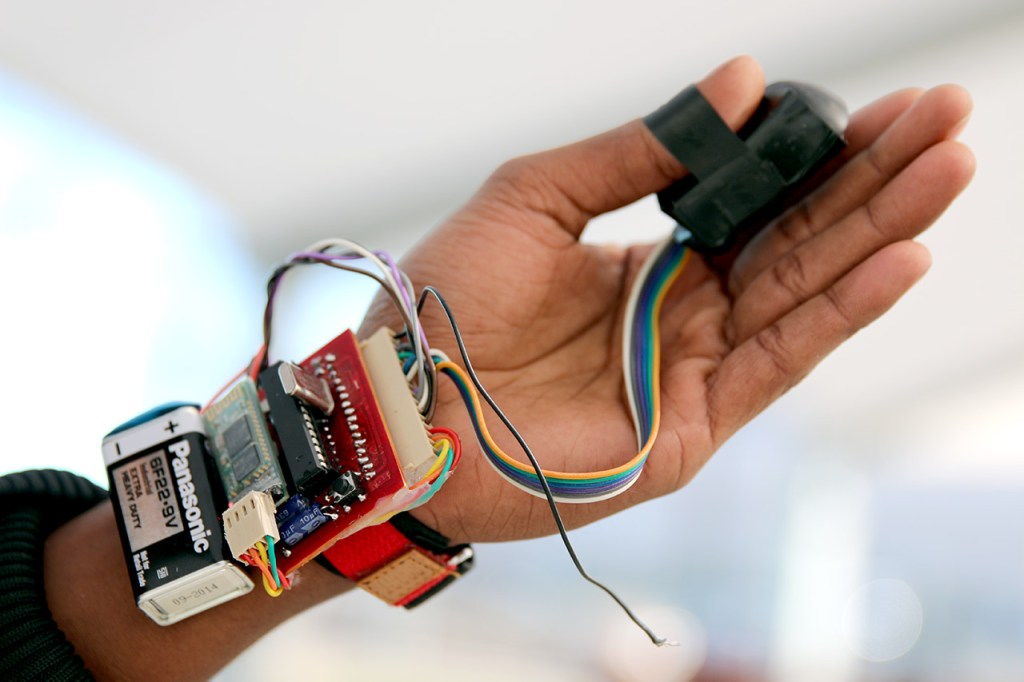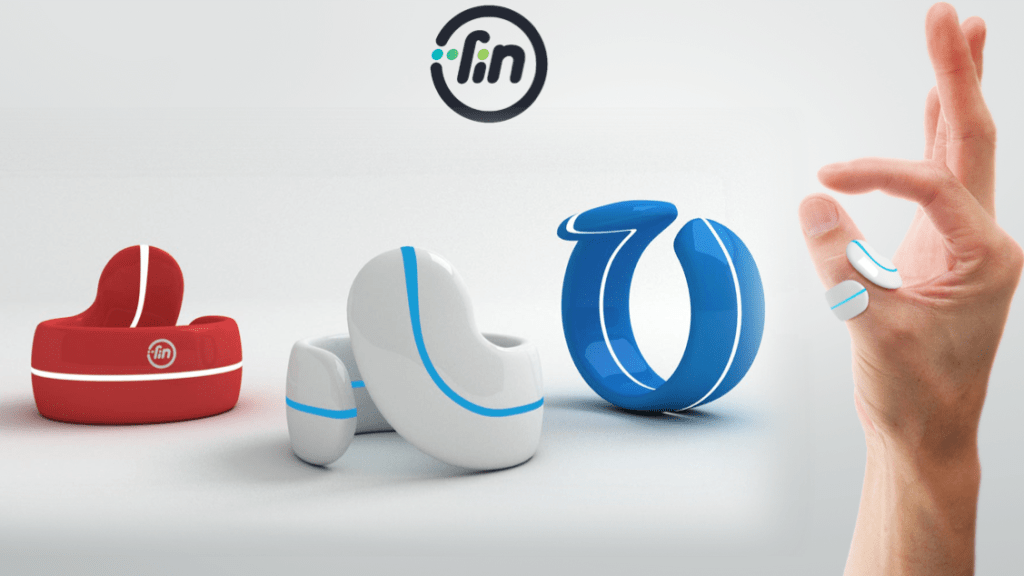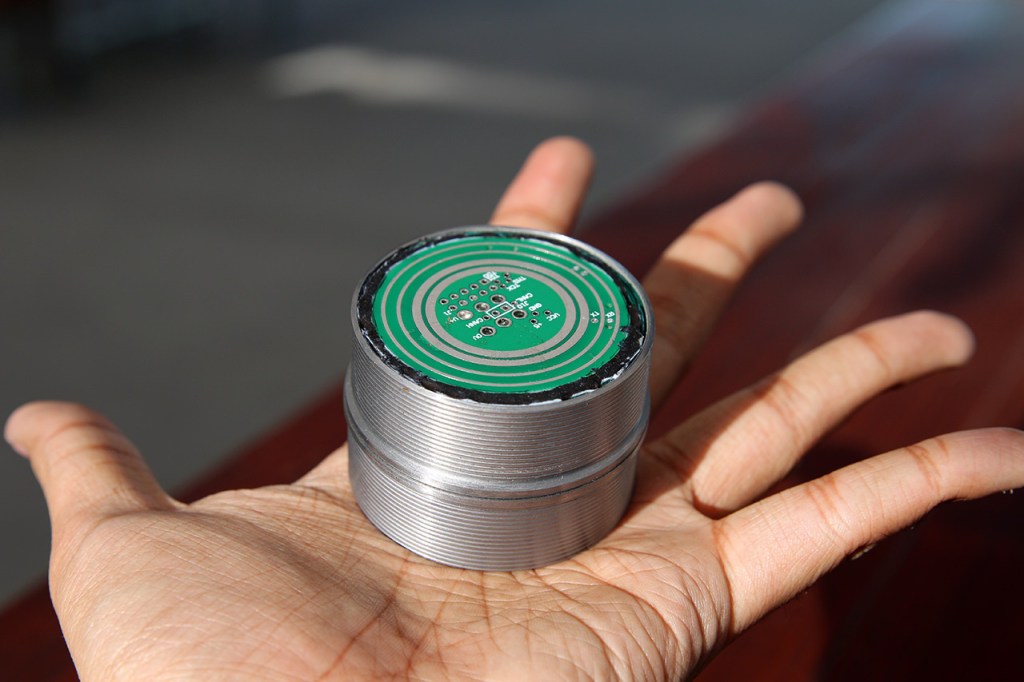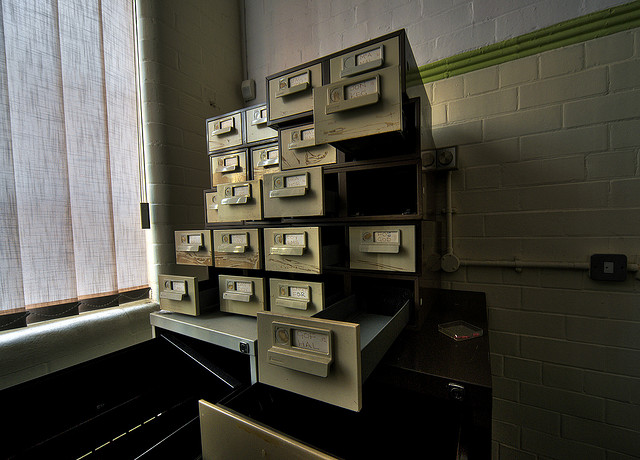518081877
It was about this time last year that Tactus — the company behind the amazing disappearing touchscreen keyboard — really started making a name for itself. So what does a buzzy company do to top its previous showing at the world’s biggest consumer tech show? In Tactus’ case it quietly showed off yet another potential game-changer, so we met with Tactus CEO Craig Ciesla on the CES show floor to dig into what the team has been working on.
If you’ll recall, the past few months have been interesting ones for Tactus. The Fremont, Calif., company linked up with Synaptics to cobble together a reference Android tablet and it just recently locked up a hefty Series B round to help it flesh out its relationships with new and existing OEM partners working to embed Tactus tech into their wares.
As it turns out, they’ve been working on some kooky (not to mention awesome) hardware prototypes, too. Ciesla brought one such device for us to peek at, and should it reach production, it could potentially solve one of Tactus’ biggest hangups.
You see, Tactus’ big deal is all about licensing its disappearing keyboard tech to other device manufacturers, which means that all the tablets currently floating around on the market are tablets that Tactus can’t make money off of. In order to fix that, the team whipped up an impressive 3D-printed case prototype within the span of a month that adapts that screen keyboard tech to existing devices. When it’s lashed onto a device (in this case, an iPad mini) the Tactus case pushes fluid into a series of vessels nestled in a thin layer that sits atop the tablet’s screen. The end result? A keyboard that can appear and disappear at will and work on any device.
The case has the sort of rough edges you’d expect a prototype to have, but there’s no denying that seeing a fluid-filled keyboard up and running on an iPad is tremendously cool. Because of the aftermarket nature of the case, there’s no way to coax the keyboard into appearing through software, so a slider on the side controls how much fluid gets pushed into the screen.
Neat as this is, Ciesla was eager to remind me that Tactus has no desire to craft and sell these sorts of devices under its own name. He expects the first batch of Tactus-enabled gadgets to hit the market toward the middle of the year, and with any luck, some smart OEM will bite the licensing bullet and crank these cases out for the masses soon.

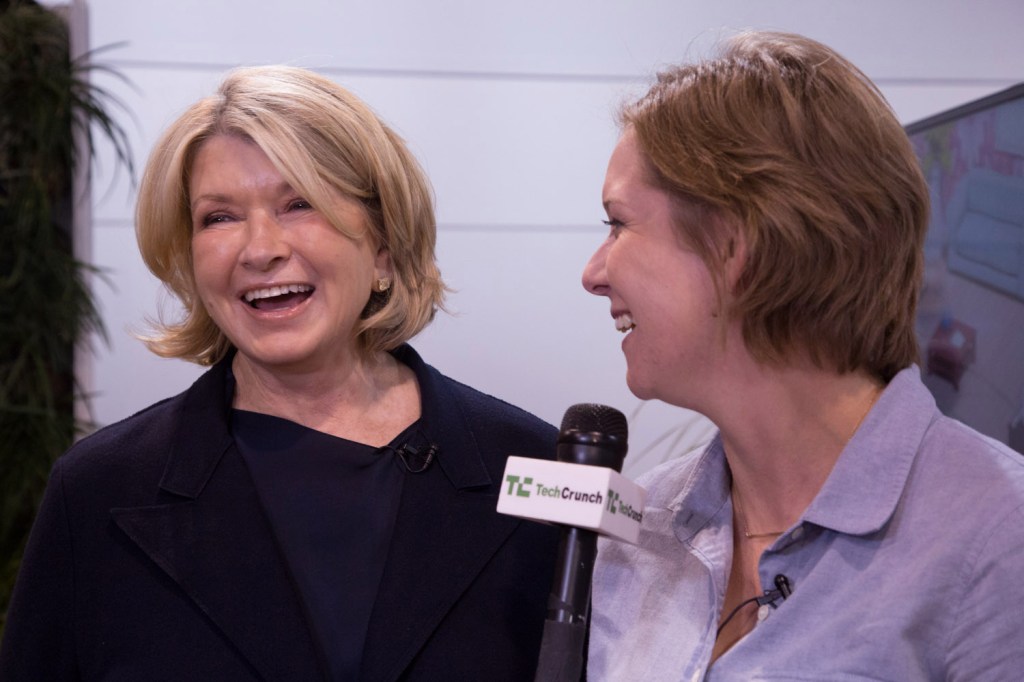

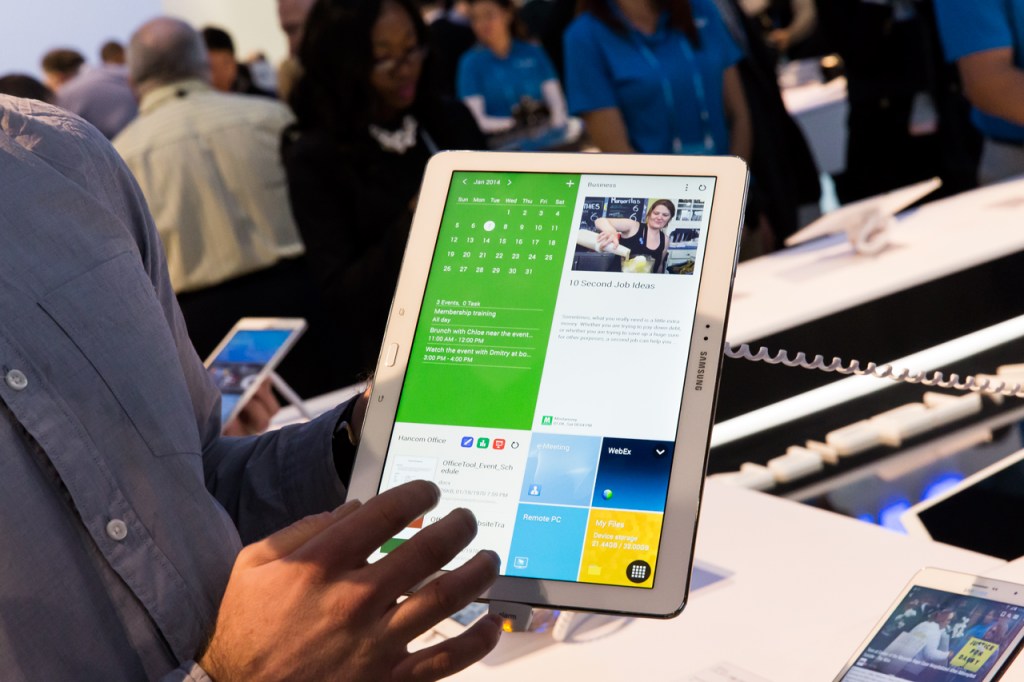

 Meanwhile, co-founder and CTO Joe Ladon (previously director of mobile development at Break.com) also has a background in music technology and theory, while LuckyPennie’s third co-founder
Meanwhile, co-founder and CTO Joe Ladon (previously director of mobile development at Break.com) also has a background in music technology and theory, while LuckyPennie’s third co-founder 

